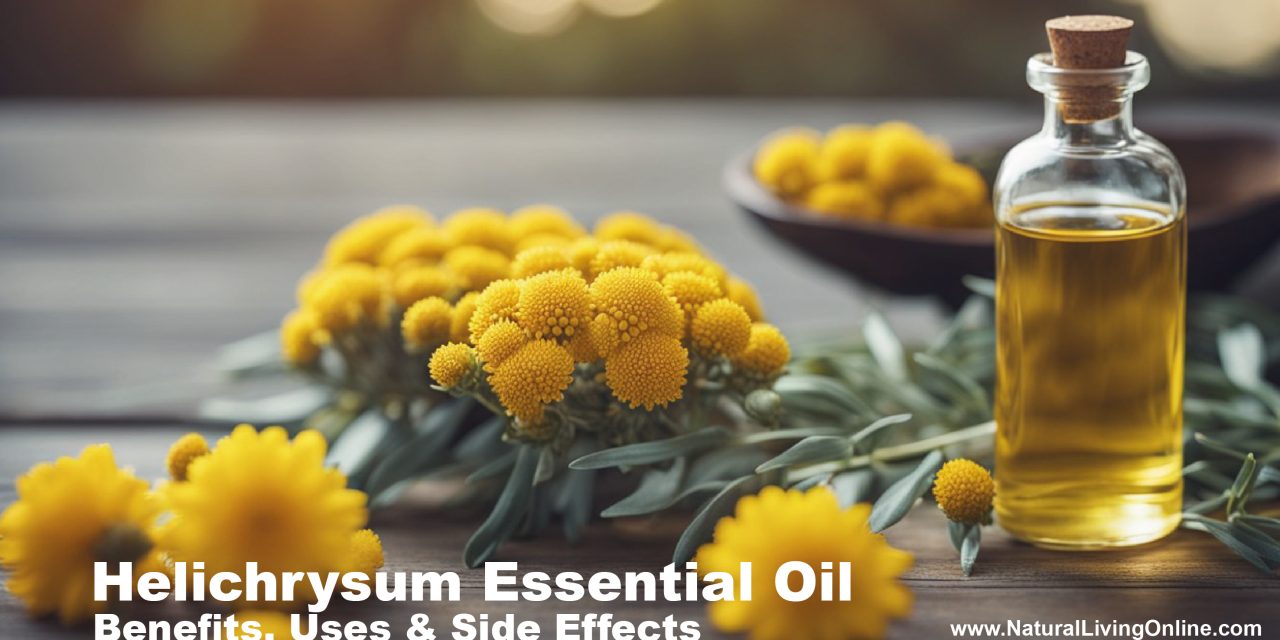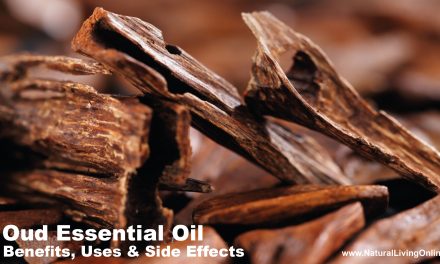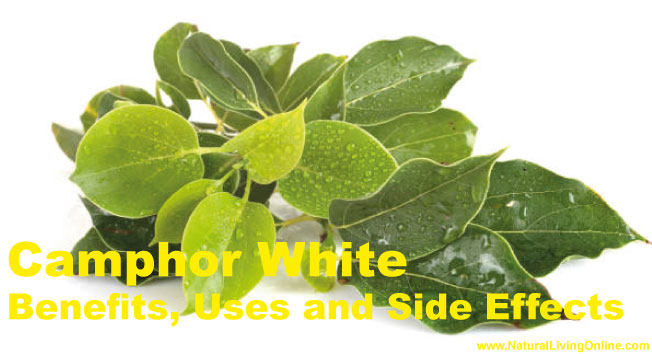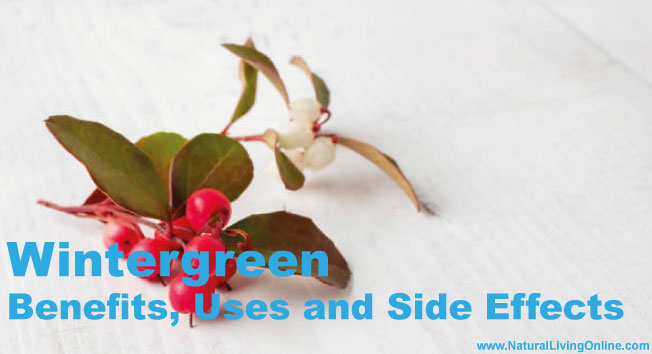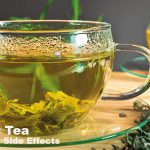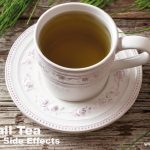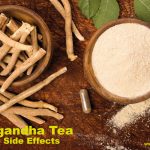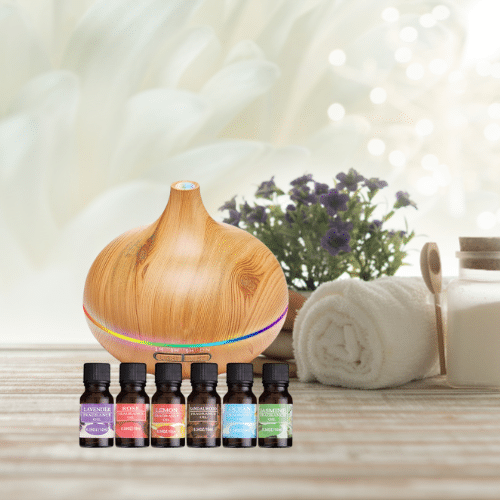Helichrysum essential oil, extracted from the flowers of the Helichrysum italicum plant, has been used for centuries for its potential therapeutic properties. Renowned for its distinctive spicy and honey-like aroma, this oil is also referred to as “Immortelle” for its association with longevity and its ability to help skin health. Today, it is widely valued in aromatherapy and natural medicine for its range of benefits and uses.
This essential oil’s popularity stems from its array of purported health benefits, which include skin rejuvenation, anti-inflammatory effects, and emotional wellness support. Helichrysum oil is also believed to have antioxidant properties making it a natural option for skincare and healing. However, as with all essential oils, understanding the possible side effects and safety precautions is crucial. While research supports many uses of helichrysum essential oil, it’s important to use it correctly to minimize risks.
Key Takeaways
- Helichrysum essential oil is celebrated for its potential skin healing and anti-inflammatory benefits.
- It is used in various forms, including aromatherapy and topical applications, to promote health and well-being.
- Responsible use requires awareness of its safety profile and side effects to ensure a positive experience.

History and Origin
Helichrysum, commonly referred to as the “curry plant” due to its strong curry-like fragrance, has a rich history rooted in the traditions of the Mediterranean. Indigenous to the rocky landscapes of Southern Europe, particularly the dry, sandy grounds of Italy, France, and Spain, the use of this aromatic herb can be traced back to ancient civilizations.
Traditional Medicine: Helichrysum has been a staple in traditional medicine practices for centuries. Mediterranean cultures utilized its leaves and flowers, praising the plant for its purported healing qualities. These early uses were often for skincare, wound treatment, and as an anti-inflammatory.
Botanical Classification: In botanical terms, the plant is classified under the Asteraceae family, which includes over 600 species of helichrysum. Its name, Helichrysum, is derived from the Greek words helios (sun) and chrysos (gold), a reference to the plant’s bright, sun-like appearance.
Historical Documentation: Early documentation by herbalists and physicians highlights its utilization in various remedies. It was often infused in oils or dried for medicinal purposes.
Culinary Significance: Despite the name “curry plant”, Helichrysum is not commonly used in culinary applications and is not related to the blend of spices commonly known as “curry.”
Cultivation and Spread: Originally, Helichrysum thrived in the Mediterranean, but its cultivation has spread across the globe. Today, it’s recognized and utilized internationally, not just within the confines of its native land.
The history of Helichrysum reflects its resilient nature and the human tendency to rely on the natural world for wellness and therapeutic purposes.
Essential Oil Profile
Botanical Name: Helichrysum italicum
Common Names: Immortelle, Everlasting, Curry Plant
Plant Family: Asteraceae (daisy family)
Countries of Origin: Native to the Mediterranean region, particularly countries like Italy, France, and Spain, but also found in regions of Africa and Asia.
Extraction Method: Helichrysum essential oil is typically extracted through steam distillation of the flowering tops.
Parts Used: Flowering tops
Essential Oil Smell: Helichrysum essential oil has a complex aroma with herbaceous, floral, and slightly honey-like notes. Some describe it as having a sweet, earthy scent.
Essential Oil Color: Pale yellow to golden yellow.
Viscosity: Thin
Perfumery Note: Middle Note
Strength of Aroma: Medium to Strong
Blends Well With
- Floral oils such as lavender and rose
- Citrus oils like bergamot and grapefruit
- Woody oils such as cedarwood and sandalwood
- Herbal oils like chamomile and clary sage
Therapeutic Properties
- Anti-inflammatory
- Antioxidant
- Cicatrizant (wound-healing)
- Analgesic (pain-relieving)
- Antimicrobial
- Antifungal
Uses
- Skincare: Helichrysum oil is valued in skincare for its regenerative properties and ability to promote skin cell renewal. It’s used to diminish the appearance of scars, wrinkles, and other skin imperfections.
- Pain Relief: It’s used topically to alleviate muscle and joint pain, including conditions like arthritis and rheumatism.
- Respiratory Support: Helichrysum oil may help alleviate respiratory issues such as coughs, asthma, and bronchitis when used in inhalation or chest rub blends.
- Emotional Support: Some use helichrysum oil in aromatherapy to promote emotional balance, reduce stress, and uplift mood.
Contraindications
- Helichrysum oil is generally safe for most people when used properly. However, individuals with sensitive skin should perform a patch test before using it topically.
- Pregnant and breastfeeding women should consult with a healthcare professional before using helichrysum oil.
Side Effects
- In rare cases, helichrysum oil may cause skin irritation or allergic reactions. It’s recommended to dilute it properly before applying it to the skin.
- Ingestion of helichrysum oil should be avoided as it can be toxic and may cause nausea, vomiting, or other gastrointestinal issues.
Types
- Helichrysum italicum is the primary species used for essential oil production. However, there are other species of Helichrysum that may have similar properties.
Chemical Constituents with Percentages
- The chemical composition of helichrysum essential oil can vary, but some of its main constituents include:
- Neryl acetate (15-30%)
- Alpha-pinene (5-20%)
- Gamma-curcumene (5-15%)
- Italidione (5-10%)
- Alpha-cedrene (2-8%)
- Beta-caryophyllene (2-8%)
The percentages may vary depending on factors such as the plant’s growing conditions and the extraction method used.
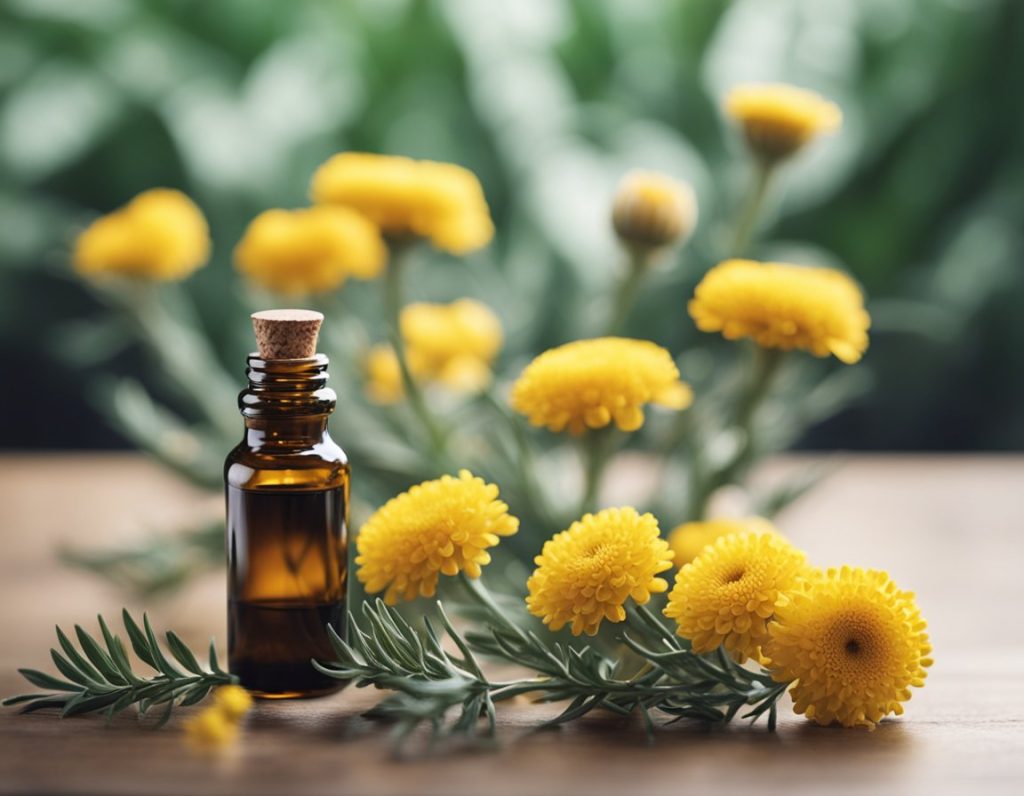
Benefits and Therapeutic Properties
Helichrysum essential oil, extracted from the flowers of the Helichrysum italicum plant, boasts a range of benefits and therapeutic properties. These include skin care, immune support, and emotional well-being, among others, due to its anti-inflammatory and antioxidant constituents.
Skin Care and Healing
Helichrysum oil is renowned for its wound healing abilities, helping to reduce the appearance of scars, blemishes, and bruises. It gently aids in the healing of skin inflammation while its antimicrobial properties may protect against various skin infections, including those caused by Staphylococcus aureus. Users often utilize it as a natural acne treatment due to its ability to promote skin repair without causing dryness or irritation.
Respiratory and Immune Support
Containing compounds with antioxidant and antimicrobial actions, Helichrysum oil is used to fortify the body against common respiratory afflictions such as coughs and colds. Beyond directly combating microbes, it is believed to offer immune support by helping alleviate airway inflammation, potentially diminishing the severity of such respiratory challenges.
Digestive and Internal Health
When it comes to digestive health, Helichrysum essential oil is thought to be beneficial in easing discomforts like bloating and indigestion. Anecdotally, it’s been used to address liver diseases and gallbladder disorders due to its anti-inflammatory properties, making it a supportive agent for overall internal health.
Nervous System and Emotional Well-being
In aromatherapy, Helichrysum oil is leveraged for its calming effects on the nervous system. It’s often recommended for those dealing with stress, anxiety, and insomnia, as it promotes emotional well-being. Its grounding aroma can be a gentle balm for the psyche, providing relief in times of emotional turmoil.
Pain Relief and Anti-Inflammatory Effects
The oil’s anti-inflammatory properties make it a natural choice for managing conditions like arthritis. It helps reduce inflammation and pain, offering a measure of relief without the harsh side effects of synthetic medications. Out of many essential oils, Helichrysum stands out for this therapeutic property.
Methods of Use and Application
Helichrysum essential oil can be applied in various ways, each with specific benefits. Whether utilized topically with a carrier oil, inhaled for aromatherapy, or cautiously ingested, proper application is crucial for safety and effectiveness.
Topical Application
For topical use, Helichrysum essential oil should always be diluted with a carrier oil such as jojoba oil or fractionated coconut oil to minimize any potential skin irritation. A common dilution ratio is 2% essential oil, which equates to roughly 12 drops of Helichrysum per ounce of carrier oil. This dilution can be applied to the skin to help with issues such as burns, cuts, and wounds.
- General Dilution Ratio:
- 2% essential oil
- 12 drops Helichrysum
- 1 ounce carrier oil
Benefits for skin care include reducing the appearance of blemishes and promoting healing. When blending Helichrysum with other essential oils, complementary options include lavender and frankincense for a potent essential oil blend tailored to one’s skincare routine.
Aromatherapy
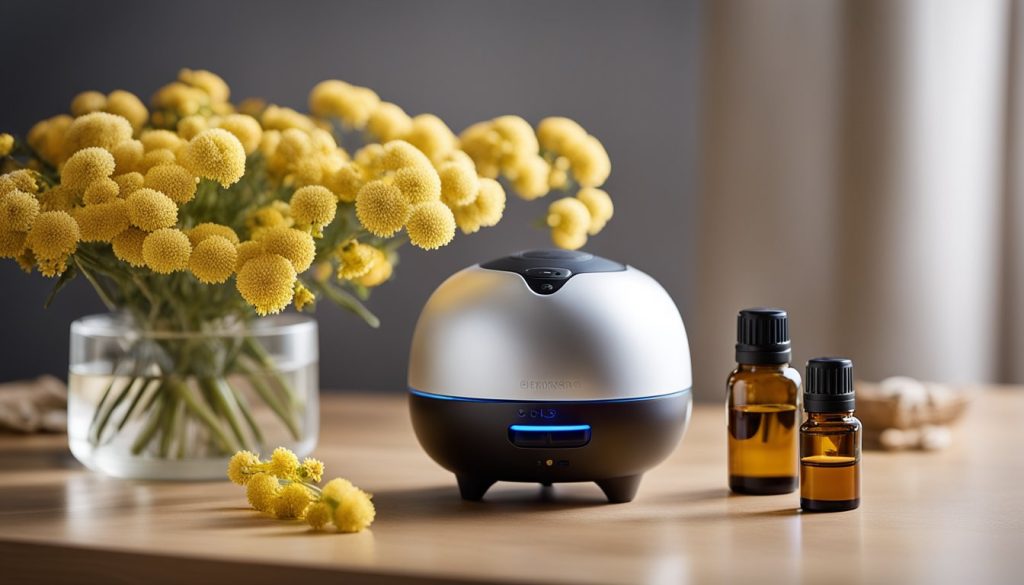
Aromatherapy with Helichrysum essential oil involves using a diffuser to disperse the scent into the air. Inhaling the aroma may help with respiratory issues, reduce inflammation, and promote emotional well-being. The scent of Helichrysum is known for its grounding and calming effects, making it a useful addition to stress-relief practices.
- Diffuser Instructions:
- Fill diffuser with water
- Add 3-5 drops of Helichrysum oil
- Enjoy the therapeutic aroma
Internal Use Cautions
One must exercise extreme caution when considering Helichrysum for internal use. Consultation with a healthcare professional is paramount, especially for those who are pregnant, suffer from allergies, or have digestive problems. Helichrysum oil is potent and may interact with medications or trigger adverse reactions.
Home Remedies and DIY Uses
Helichrysum oil is versatile in homemade preparations. Creating DIY skincare products like face creams or balms can include a few drops of Helichrysum to soothe the skin. Additionally, adding the oil to a bath can offer a relaxing experience and provide skin benefits.
- Skincare DIY Example:
- 1/4 cup shea butter
- 10 drops Helichrysum essential oil
- Mix and apply as a body butter
When considering homemade applications, always ensure the essential oil is properly diluted and perform a patch test to rule out any adverse reactions.
Possible Side Effects and Precautions
When considering the use of Helichrysum essential oil, individuals should be aware that, like all essential oils, it can cause side effects and requires sensible precautions.
Side Effects: Although generally safe for the majority of the population when used appropriately, there are reported instances of skin irritation. Those with sensitive skin might experience redness or an uncomfortable stinging sensation.
Allergic Reactions: As with any type of allergen, Helichrysum essential oil could potentially trigger allergic reactions in susceptible individuals. Symptoms of an allergic reaction may include hives, rash, or difficulty breathing. It is important to perform a patch test, typically on the inner arm, to check for any adverse reactions before using the oil more broadly.
Pregnancy: Pregnant women should approach the use of Helichrysum essential oil cautiously and consult with a healthcare provider prior to use. In general, the use of essential oils is recommended under professional guidance during pregnancy.
Pets: The oil can be toxic to pets if ingested or applied to their skin. Pet owners should use this oil with caution and keep it out of reach of animals.
Usage: Use diluted Helichrysum essential oil to minimize the risk of skin irritation. Undiluted oil can be potent and cause irritation or even chemical burns on irritated skin. It is recommended to always dilute essential oils with a carrier oil.
In summary, while Helichrysum essential oil is associated with several health benefits, it is important to use it with care. Individuals should pay attention to their own and their pets’ reactions to the oil, and pregnant women should seek medical advice before use.
Frequently Asked Questions
What are the benefits of using Helichrysum essential oil for skin care?
Helichrysum essential oil is noted for its anti-inflammatory and antioxidant properties, which may help reduce signs of aging and support healing of the skin. Studies suggest that it can also be beneficial for conditions like acne.
How can Helichrysum essential oil be applied safely to the face?
To apply Helichrysum essential oil safely to the face, it should always be diluted with a carrier oil, like jojoba or coconut oil, to minimize any risk of irritation. It’s also advisable to conduct a patch test before widespread use.
Can Helichrysum oil be used in combination with Frankincense for enhanced effects?
Yes, Helichrysum oil may be used with Frankincense for potentially enhanced effects. The combined anti-inflammatory and healing properties of both oils may complement each other when blended properly.
What are the known side effects of Helichrysum essential oil when used topically or aromatically?
When used topically in appropriate dilution, Helichrysum essential oil generally has minimal side effects. However, as with all essential oils, there is a risk of allergic reactions, so a patch test is recommended. For aromatic use, it is well tolerated by many, but some may experience headaches or nausea.
In what ways does Helichrysum essential oil provide relief from pain?
Helichrysum essential oil is often considered for its analgesic properties that can help reduce pain related to muscle aches, joints, or inflammation. It may be included in formulations for muscle pain relief.
Are there any emotional or psychological benefits associated with the use of Helichrysum essential oil?
Some reports indicate that Helichrysum essential oil may provide emotional and psychological benefits, such as reducing feelings of mental exhaustion and promoting a sense of calm. However, more research is needed to fully understand these emotional benefits.
References
Helichrysum italicum: From traditional use to scientific data
Aroma Profile and Essential Oil Composition of Helichrysum species
Helichrysum italicum: from traditional use to scientific data
Helichrysum italicum: From traditional use to scientific data
This website does not provide medical advice.
All information provided on this website, and on associated social media networks, including but not limited to texts, images, and numbers are for general information purpose only. It is not intended as medical advice and it does not include all possible precautions, side effects, or interactions that may occur. Neither NaturalLivingOnline.com nor its author/founder take responsibility for how you use this information. Statements contained on NaturalLivingOnline.com have not been evaluated by the FDA. You should conduct thorough research via multiple sources and consult your physician or qualified doctor before using any essential oil or herbal remedy. Information on NaturalLivingOnline.com must not be relied upon for medical, legal, financial or other decisions.

